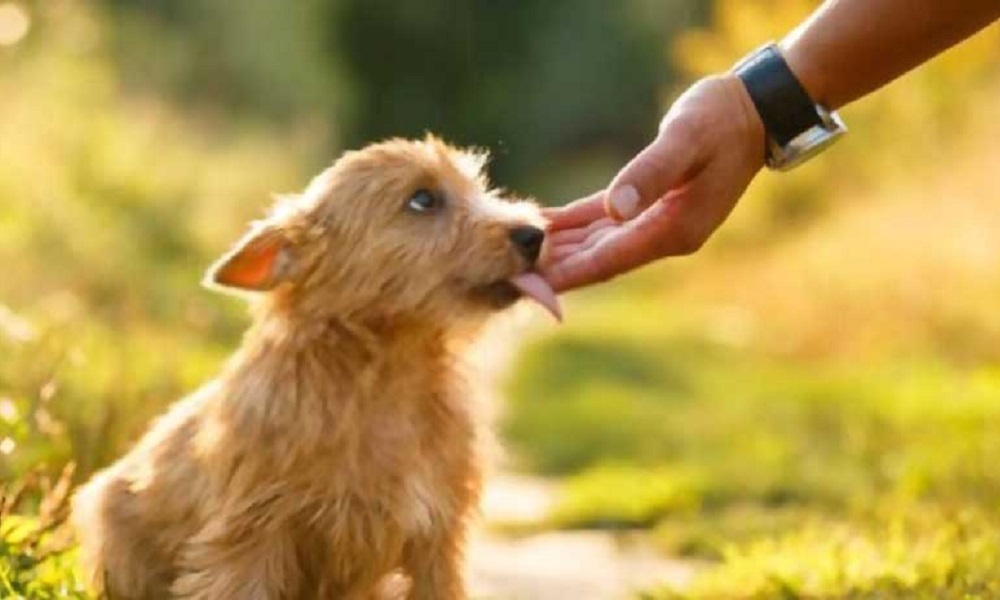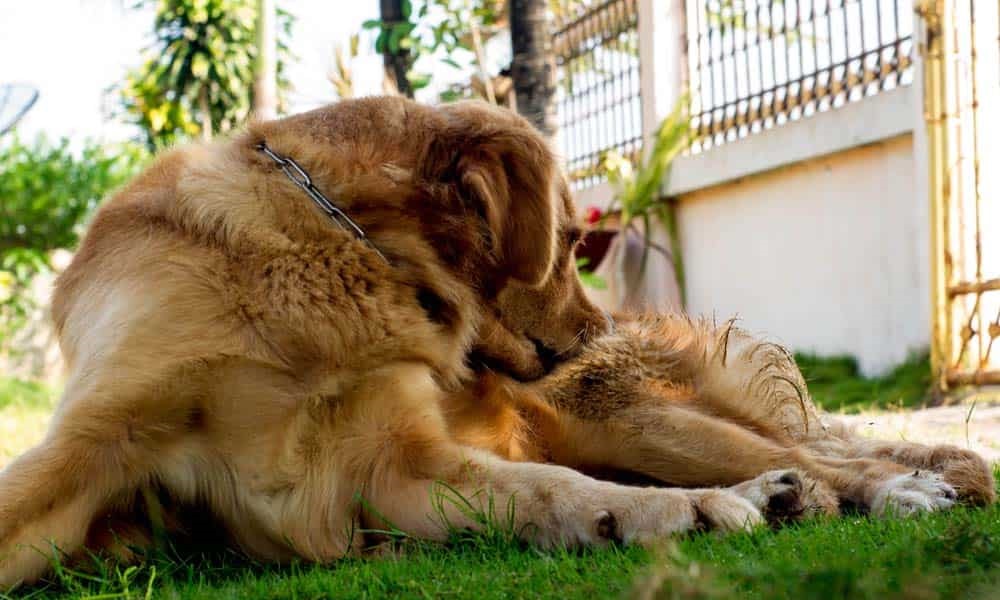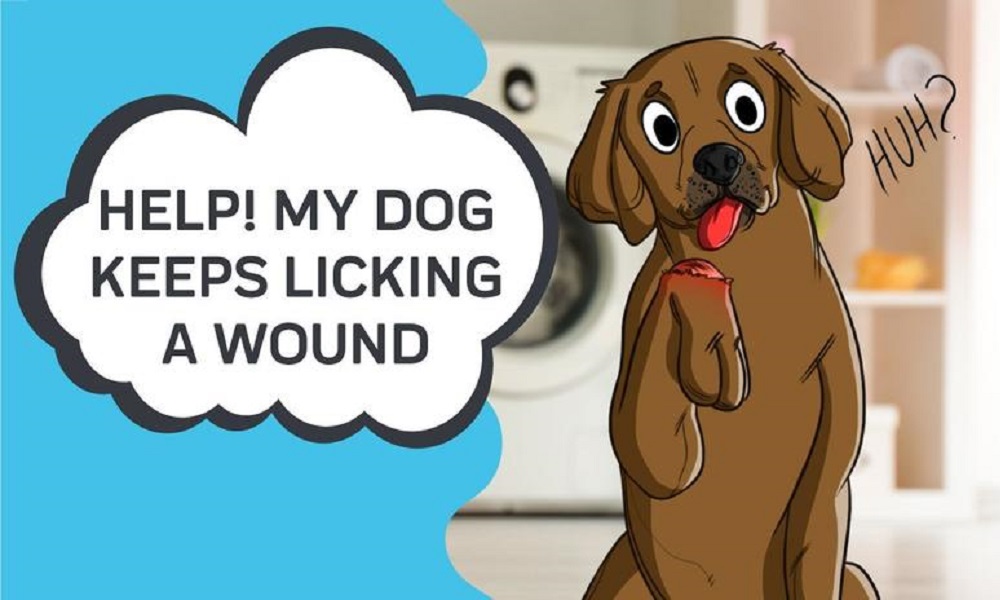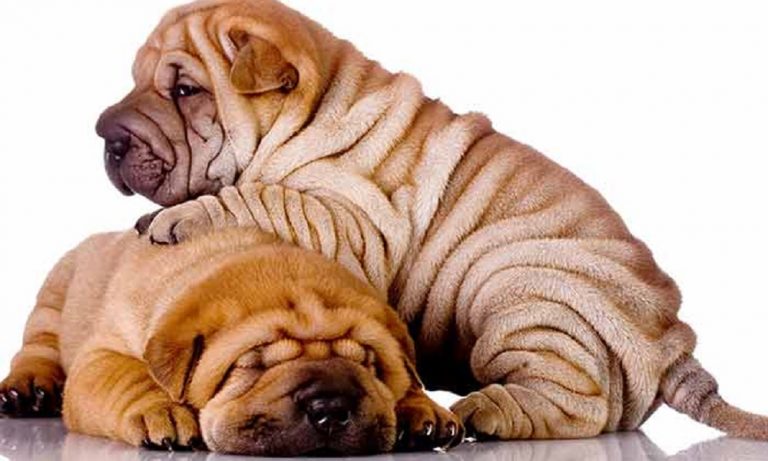How to Stop Dog Licking Wound Without Collar?
It is a natural instinct of dogs to lick a wound or a stitch site if it irritates them. Their saliva tends to have some anti-bacterial properties.
Which can help heal a scratch or keep the bacteria away in wild or stray setups, but for most dogs, it can be more harmful than being beneficial.
After a surgery or an injury, if a dog keeps licking their wound, it can open the stitches or infect the wound more which has to be sterile and left untouched.
Vets recommend an Elizabethan collar (E-Collar) to keep your dog restrained from licking the wound. This collar can be uncomfortable and cause more problems with its weight and contact with your dog’s neck.
Hence people try to seek some other methods for stopping their dogs from licking the wound. These methods are found very helpful and practical.
To find out the one that suits you the best, you have to try a few of them before coming to your conclusion. We are going to discuss some of the most common and effective methods.
Which are used to keep dogs away from licking a wound. So, keep reading to find out all that you wish to know!
Why Do Dogs Lick Their Wounds?
Dogs, including some other animals too, lick their wound because of a natural instinct. This instinct helps them get rid of the pain of the wound irritation hence they keep on licking.
Take the example of a human hitting his head and having a bump, in that situation, we would rub our head to try to diminish the pain out of our natural instincts to suppress the nerve endings carrying the pain.
The same mechanism works for dogs as well and they do that to decrease their pain as a natural instinct.
Doing this can sometimes be beneficial as well for dogs, as their saliva does contain some levels of antibacterial enzymes, but most often licking can result in more damage to the wound, cut, or stitch.
If your dog licks a wound, he can remove the healing skin exposing the wound more, he can remove the stitches and infect the healing scar. All of these factors necessitate the need of restraining your dog from doing anything like that.
Ways Stop Dog Licking Wound Without Collar
There are few methods that are widely used and are well-experimented on dogs. These techniques can help your dog to stay away from the wound and fights his natural instincts of licking the wound vigorously. You can use any one of these to try first and stick to the one that feels most convenient.
Cover the Wound
The best way to help your dog staying away from a wound is to simply cover the wound. But covering the wound in the wrong way can actually make the wound worse and cause infection to grow.
So, if you wish to properly cover your dog’s wound, follow the below-mentioned steps in sequence.
- Clean the wound with normal saline to wash out dirt and debris.
- Apply anti-septic solution and clean the wound well with it generously.
- Apply a topical antiseptic ointment or solution and put a sterile gauze over it.
- Now take a bandage according to the site of injury, and wrap it around the wound to cover it properly.
- Make sure the bandage is not too loose, nor too tight.
After covering the wound, make sure to keep it away from getting wet or dirty. Most importantly, never leave a bandage on for more than 24 hours.
Always change the bandage every 24 hours to 36 hours and clean the wound before putting on a new sterile bandage. This process helps your dog’s wound heal faster and stops him from licking the wound as well.
Put on a Sleeve
In an injured limb or apart, after covering up the wound with a proper bandage, you can easily put on a sleeve or a boot on the injured part of the body after covering it up with the bandage or dressing.
This covering keeps your dog from licking his wound and also secures the wound dressing so that it does not come off.
While buying a sleeve or a boot, make sure it is one size bigger so that it does not compress the site of the wound and keep it airy.
A tight sleeve covering can cause compression and may affect the blood supply to that area so avoid any tight covering over the area no matter how soft or comfortable it is.
Anti-Lick Spray and Strips
Some bandages available have a coat of anti-lick solution that tastes bitter and keeps your dog away from licking that area again upon being familiar with that taste.
These solutions are available in spray form as well. Anti-lick strips can be used directly on wounds as a bandage and over a dressing.
While anti-lick sprays are only suitable to be sprayed upon a properly covered wound dressing only so that none of the spray solutions reaches the open wound.
A big advantage of using these is that your dog would not try to lick or touch that wound area again once the taste prohibits him from doing it.
The taste receptors save the memory in his brain and keep him aware not to do that again, just like a human who won’t touch a hot object again once he knows how hot it is.
Keep your Dog Distracted
One of the most practical pieces of advice lies in the fact of keeping your dog distracted. If you want him to take his mind off the wound, keep him busy in treats, games, physical activities, social interactions, and taking him for walks.
All these factors can contribute enough to making your dog forget about the wound and concentrate on much more interesting things happening around. If you will leave him idle, he is definitely going to get involved in licking or messing with the wound.
So, until the healing period is going on, make sure to be with your dog and give him company. When he behaves, never refrain from treating and praising him well.
Neck Brace
A neck brace is a strap around the neck of your dog which helps restrict your dog’s neck movements. This allows you to stop your dog from bending his neck and reaching any wound in his body.
These straps can sometimes be uncomfortable and may irritate your dog if left on for too long or is too tight on his neck.
To make sure that the strap does not irritate your dog’s skin, tie it loosely around his neck and remove it when he is distracted to not lick his wound anymore.
If the strap is too soft or bendable, there will be no use as your dog would still be able to bend his neck and reach the part where the wound is. So, make sure to buy a stiff strap that is soft-lined and comfortable while being rigid as well.
Some Important Techniques
While these techniques can help your dog to stay away from the wound and fights his natural instincts of licking the wounds, it is crucial that you follow the below-mentioned tips and tricks.
While following any of the methods of restraining above. These tips ensure the safety of your dog and make sure that the method of stopping your dog from licking his wound, won’t worsen the condition either.
- Always check for signs of a reaction in your dog, either he is feeling comfortable with the method you are following or not.
- Make sure none of the methods you choose is permanently hampering his nature to lick because it is necessary for dogs to lick themselves for keeping their bodies clean.
- Make sure you keep an eye on your dog and never leave him unattended so that he never gets a chance to find any other way of licking the wound.
- You might notice your dog’s irritation of not being able to lick the wound. This is because he is fighting his instinct and is unable to fulfill what his mind wants. Try to engage your dog in other activities in such situations so that you can get his mind off the wound.
- Make sure your dog is not feeling agitated and keep a check over his health and wound healing status.
Conclusion
Stopping your dog from licking his wound is crucial for his own health and healing. This part can be effortless and hassle-free if you know exactly what to do and how.
So, by following any of the above-discussed methods, you can keep your dog away from the wound that you are trying to protect.
Before sticking to one method only, we recommend our readers try out a few of them and figure out the one that is most effective and convenient for them.
Once you know what suits your dog the best, you will know what to do any time your dog has an injury or goes through surgery.




